38 label the components of the initiation step of protein synthesis
Solved Label the components of the initiation step of - Chegg This problem has been solved! You'll get a detailed solution from a subject matter expert that helps you learn core concepts. Question: Label the components of the initiation step of protein synthesis. Drag the appropriate labels to their respective targets. mRNA strand amino acid peptide bond ribosomal sub unit (small) tRNA anticodon start codon. Solved Label the components of the initiation step of - Chegg Label the components of the initiation step of protein synthesis. Drag the appropriate labels to their respective targets. Show transcribed image text Expert Answer 100% (111 ratings) Transcribed image text: Label the components of the initiation step of protein synthesis. Drag the appropriate labels to their respective targets.
Prokaryotic Translation | Biology for Majors I - Lumen Learning As with mRNA synthesis, protein synthesis can be divided into three phases: initiation, elongation, and termination. The process of translation is similar in prokaryotes and eukaryotes. Here we'll explore how translation occurs in E. coli, a representative prokaryote, and specify any differences between prokaryotic and eukaryotic translation.

Label the components of the initiation step of protein synthesis
Prokaryotic Transcription | Biology for Majors I - Lumen Learning In Summary: Prokaryotic Transcription. In prokaryotes, mRNA synthesis is initiated at a promoter sequence on the DNA template comprising two consensus sequences that recruit RNA polymerase. The prokaryotic polymerase consists of a core enzyme of four protein subunits and a σ protein that assists only with initiation. Protein Synthesis Flashcards | Quizlet Label the steps for protein synthesis in order, beginning with the first step. RNA polymerase unzips DNA and free RNA nucleotides join DNA to form mRNA. mRNA is transported from the nucleus of the cell to the ribosomes of the cell. mRNA joins the ribosome, and the anticodons from tRNA join mRNA to form a chain of amino acids. 3.4 Protein Synthesis - Anatomy and Physiology 2e | OpenStax Like DNA replication, there are three stages to transcription: initiation, elongation, and termination. Figure 3.26 Transcription: from DNA to mRNA In the first of the two stages of making protein from DNA, a gene on the DNA molecule is transcribed into a complementary mRNA molecule. Stage 1: Initiation.
Label the components of the initiation step of protein synthesis. Steps of Translation | Biology for Non-Majors I - Lumen Learning Outline the basic steps of translation. As with mRNA synthesis, protein synthesis can be divided into three phases: initiation, elongation, and termination. The process of translation is similar in prokaryotes and eukaryotes. Here we'll explore how translation occurs in E. coli, a representative prokaryote, and specify any differences between ... Protein Synthesis - The Definitive Guide | Biology Dictionary Protein synthesis is process in which polypeptide chains are formed from coded combinations of single amino acids inside the cell. The synthesis of new polypeptides requires a coded sequence, enzymes, and messenger, ribosomal, and transfer ribonucleic acids (RNAs). RNA and protein synthesis review (article) | Khan Academy The first step in decoding genetic messages is transcription, during which a nucleotide sequence is copied from DNA to RNA. The next step is to join amino acids together to form a protein. The order in which amino acids are joined together determine the shape, properties, and function of a protein. 6.4: Protein Synthesis - Biology LibreTexts Just as with mRNA synthesis, protein synthesis can be divided into three phases: initiation, elongation, and termination. In addition to the mRNA template, many other molecules contribute to the process of translation, such as ribosomes, tRNAs, and various enzymatic factors
The Mechanism of Protein Synthesis - Biology LibreTexts Initiation of Translation. Protein synthesis begins with the formation of a pre-initiation complex. In E. coli, this complex involves the small 30S ribosome, the mRNA template, three initiation factors (IFs; IF-1, IF-2, and IF-3), and a special initiator tRNA, called fMet-tRNA.The initiator tRNA basepairs to the start codon AUG (or rarely, GUG) and is covalently linked to a formylated ... Protein Synthesis Steps - Protein Synthesis The components involved in the first step of protein synthesis are: the mRNA to be translated the two ribosomal subunits (small and large subunits) the aminoacyl-tRNA which is specified by the first codon in the mRNA guanosine triphosphate (GTP), which provides energy for the process - eukaryotes require also adenosine triphosphate! Protein Synthesis | SpringerLink Protein synthesis involves three stages such as initiation, elongation, and termination, with an additional two stages: activation of amino acids and postsynthetic processing of polypeptide. On the other hand, there are five major stages of protein synthesis in E.coli and, on other hand, the requirements of protein synthesis (Fig. 3) remain ... Stages of translation (article) | Khan Academy Inside your cells (and the cells of other eukaryotes), translation initiation goes like this: first, the tRNA carrying methionine attaches to the small ribosomal subunit. Together, they bind to the 5' end of the mRNA by recognizing the 5' GTP cap (added during processing in the nucleus).
Week 1: Protein Synthesis Flashcards | Quizlet The diagram below shows the arrangement of the translation components during initiation. Label each component with the most appropriate and specific label provided. A site: aminoacyl P site: peptidyl E site: exit What is the function of mRNA during translation? mRNA carries the code for a polypeptide's sequence of amino acids. Process of Protein Production: 5 Steps of Protein Synthesis The following are the five major steps of protein synthesis: Activation of amino acids Includes the charging of tRNA and requires the enzyme aminoacyl RNA synthetase. Helps in the formation of the aminoacyl-AMP enzyme complex. Produces the required energy from adenosine triphosphate. Transfer of amino acids to tRNA 5.7 Protein Synthesis - Human Biology - Thompson Rivers University 5.7 Summary. Protein synthesis is the process in which cells make proteins. It occurs in two stages: transcription and translation. Transcription is the transfer of genetic instructions in DNA to mRNA in the nucleus. It includes three steps: initiation, elongation, and termination. Initiation of Protein Synthesis - CliffsNotes Initiation of Protein Synthesis The protein synthetic machinery must select the appropriate starting points for mRNA reading and peptide bond formation. AUG is usually used as the starting codon, and essentially all proteins begin with a methionine.
3.4 Protein Synthesis - Anatomy and Physiology 2e | OpenStax Like DNA replication, there are three stages to transcription: initiation, elongation, and termination. Figure 3.26 Transcription: from DNA to mRNA In the first of the two stages of making protein from DNA, a gene on the DNA molecule is transcribed into a complementary mRNA molecule. Stage 1: Initiation.
Protein Synthesis Flashcards | Quizlet Label the steps for protein synthesis in order, beginning with the first step. RNA polymerase unzips DNA and free RNA nucleotides join DNA to form mRNA. mRNA is transported from the nucleus of the cell to the ribosomes of the cell. mRNA joins the ribosome, and the anticodons from tRNA join mRNA to form a chain of amino acids.
Prokaryotic Transcription | Biology for Majors I - Lumen Learning In Summary: Prokaryotic Transcription. In prokaryotes, mRNA synthesis is initiated at a promoter sequence on the DNA template comprising two consensus sequences that recruit RNA polymerase. The prokaryotic polymerase consists of a core enzyme of four protein subunits and a σ protein that assists only with initiation.





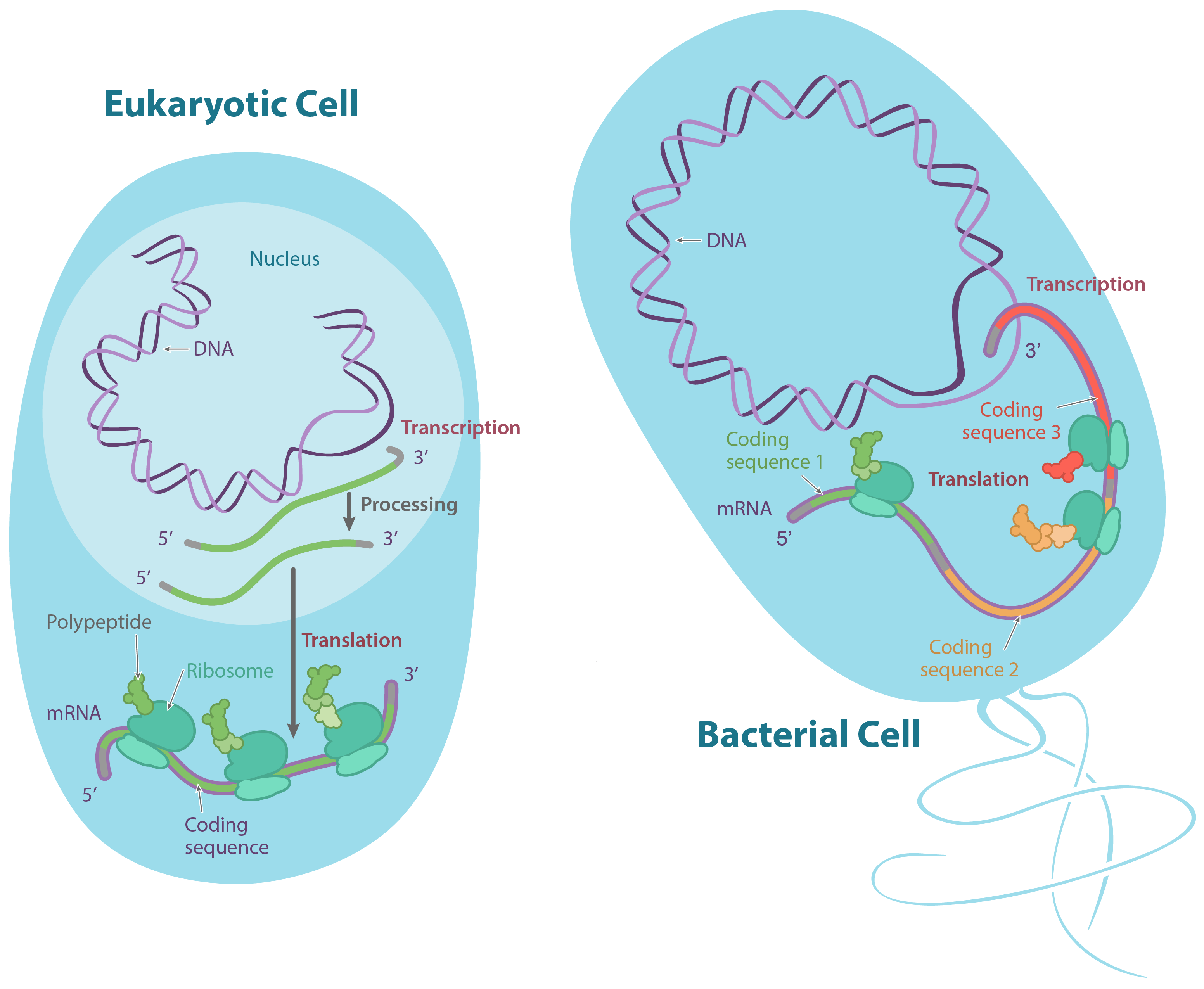

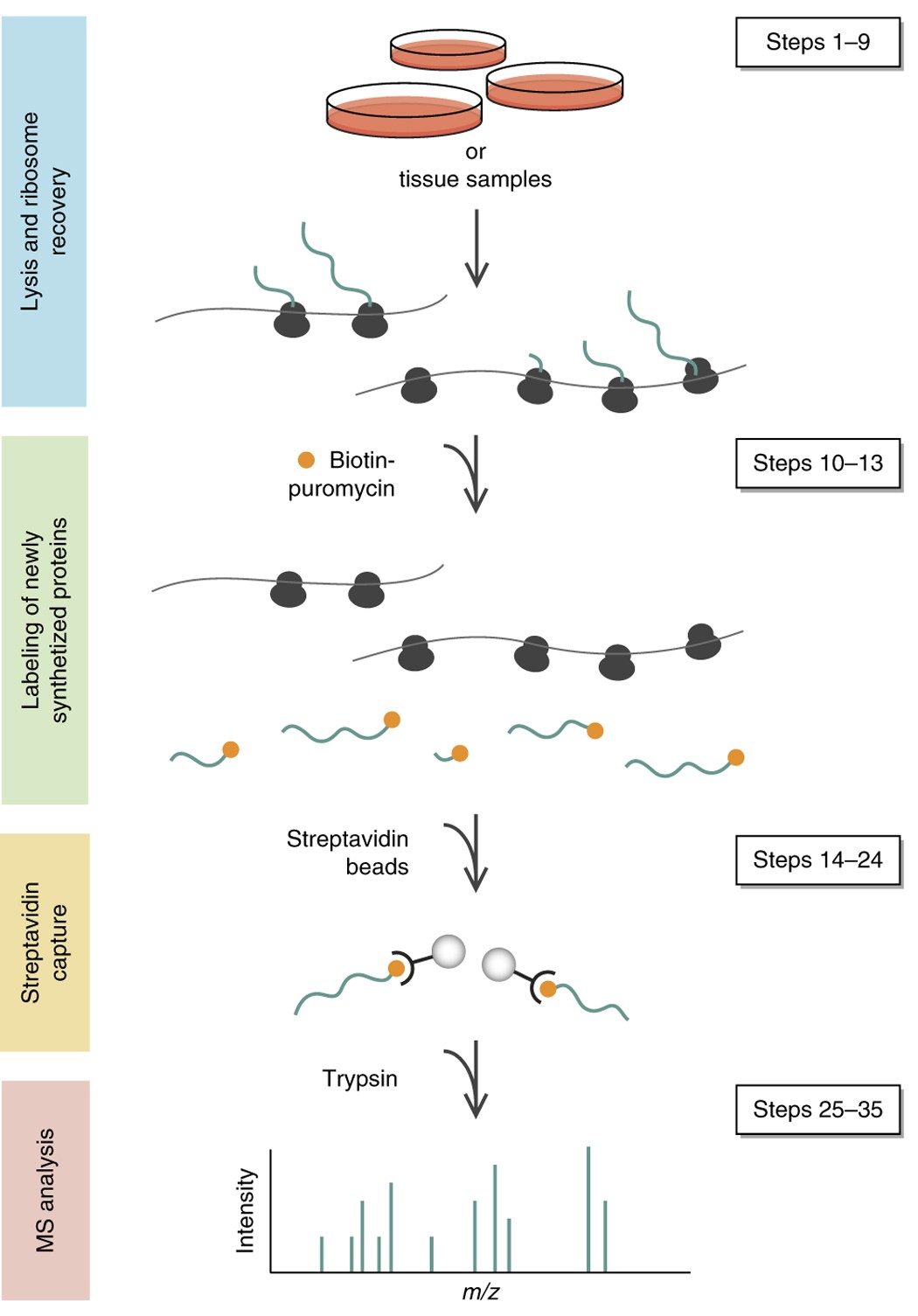






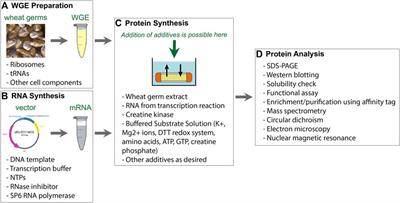

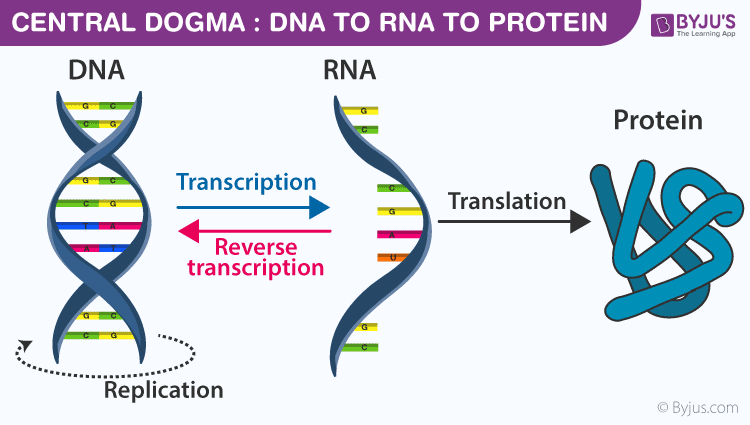
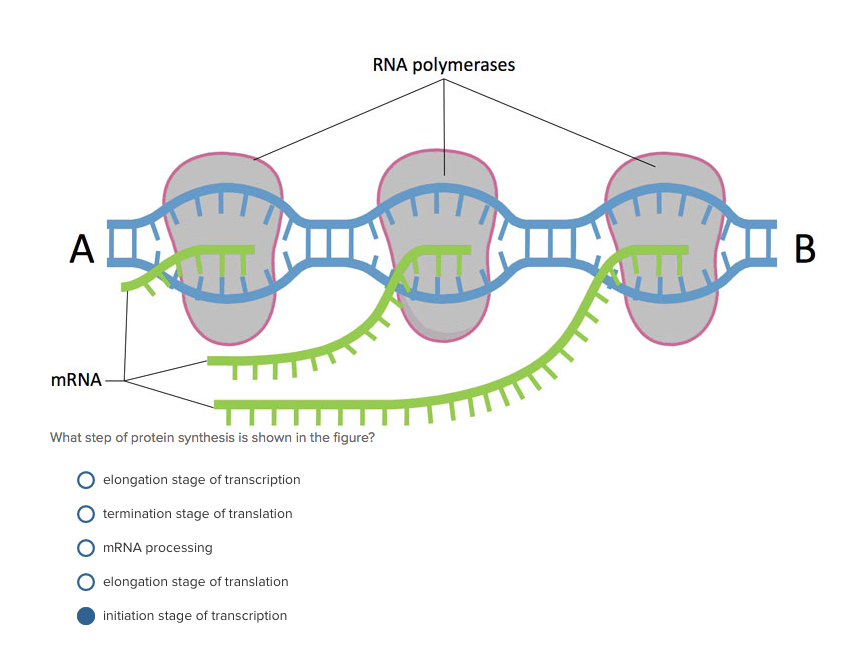


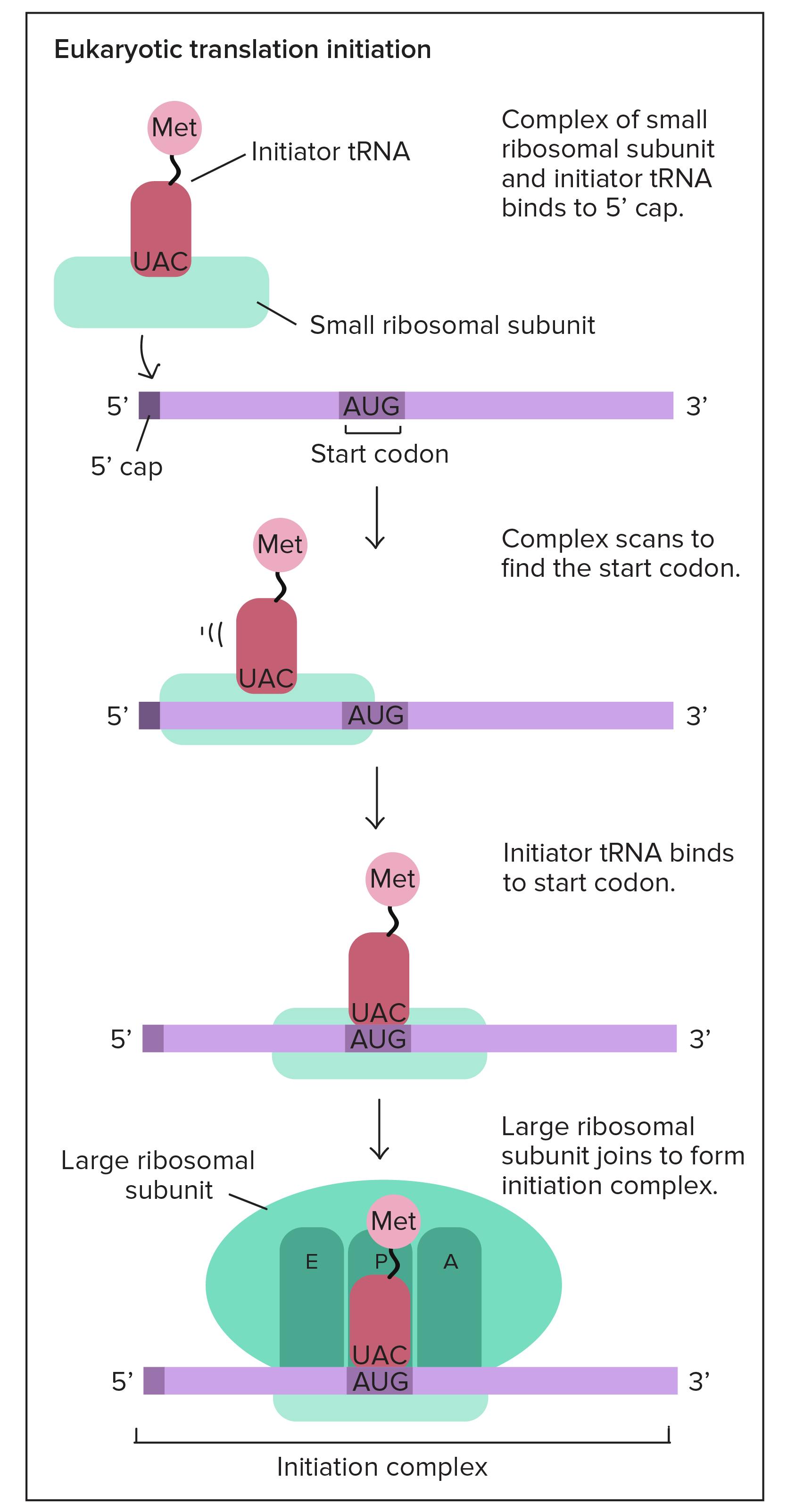
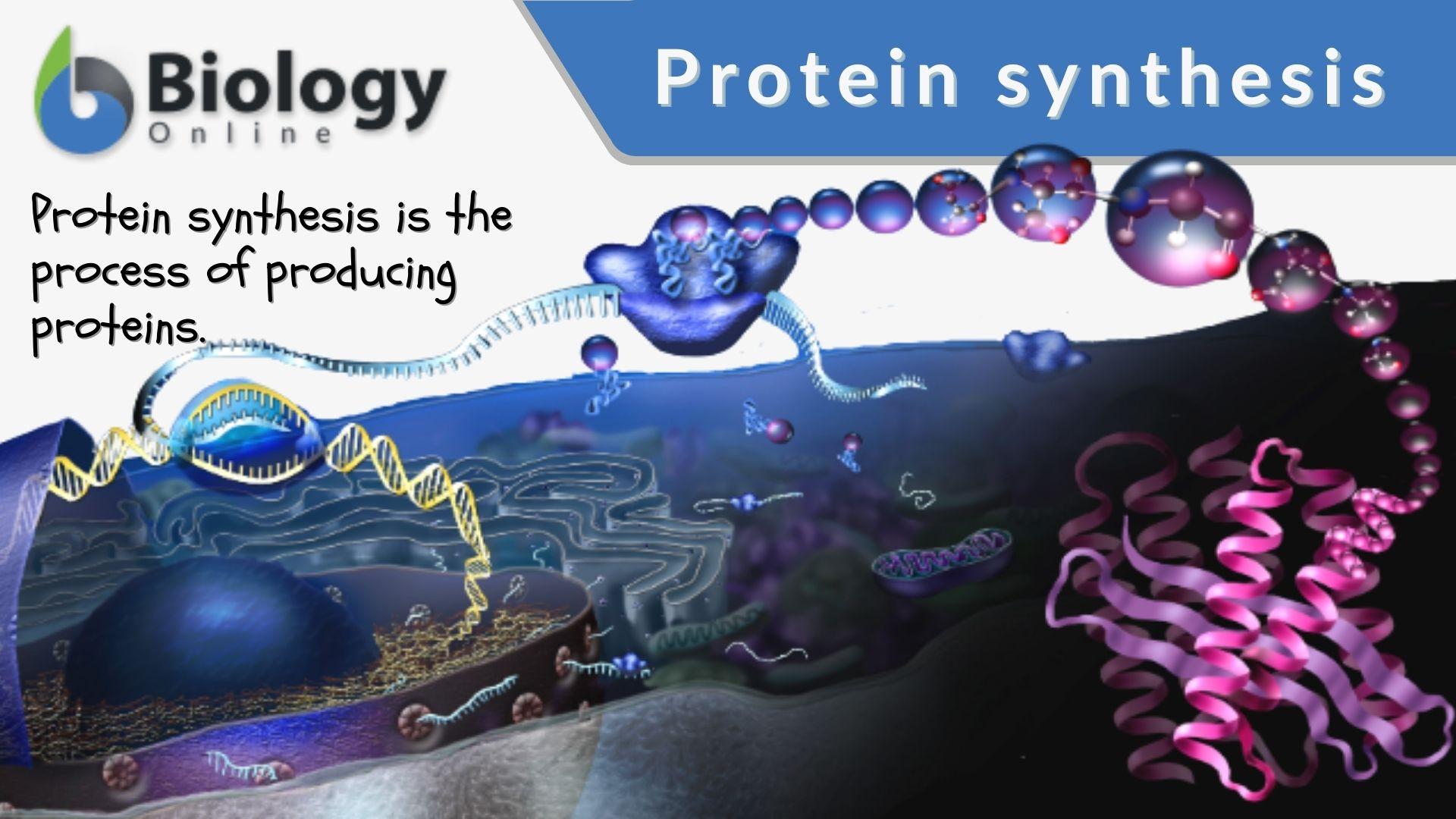


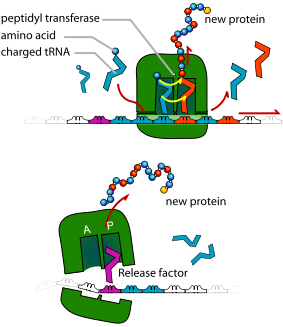


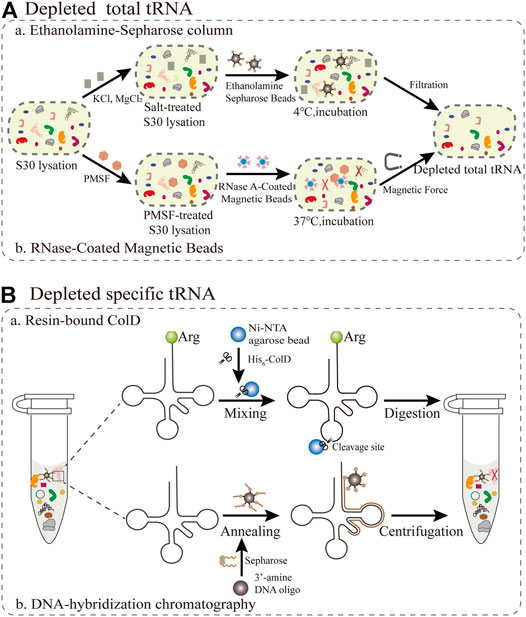


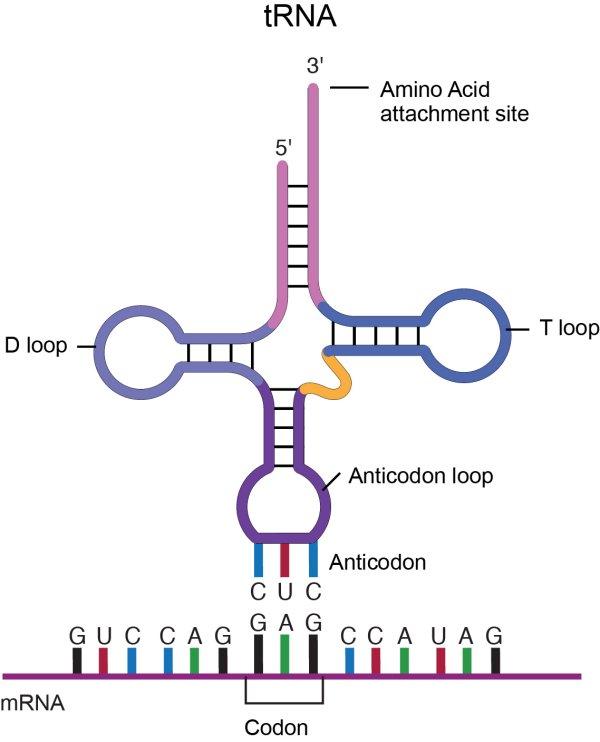
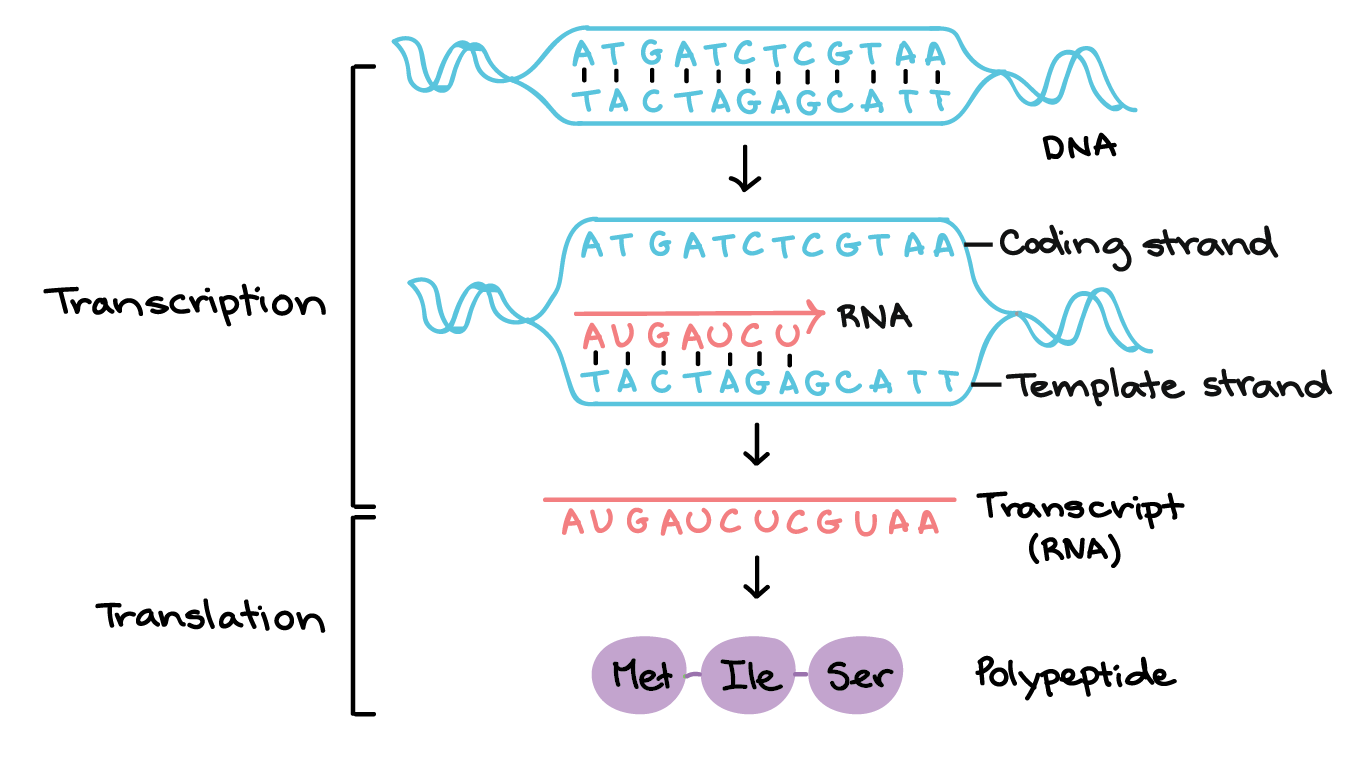
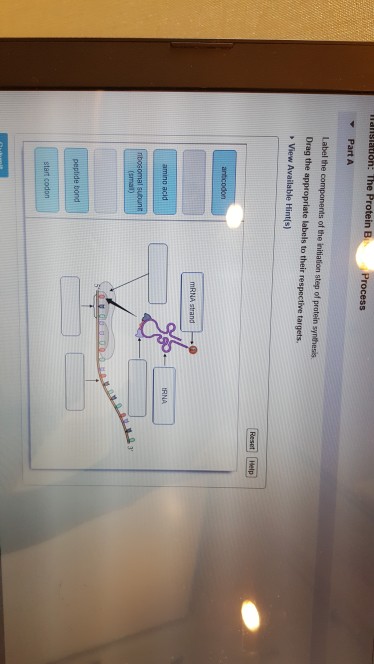
Post a Comment for "38 label the components of the initiation step of protein synthesis"